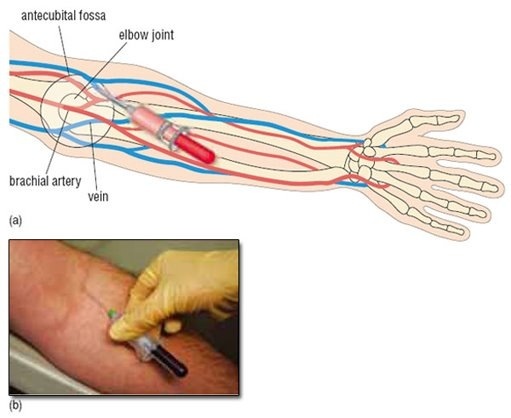 Gynecomastia (enlarged breasts in men)
Gynecomastia (enlarged breasts in men)
Generally, gynecomastia isn’t a serious problem, but it can be tough to cope with. Men and boys with gynecomastia sometimes have pain in their breasts and may feel embarrassed.
Gynecomastia may go away on its own. If it persists, medication or surgery may help.
Causes
Gynecomastia is triggered by a decrease in the amount of the hormone testosterone compared with estrogen. The cause of this decrease can be conditions that block the effects of or reduce testosterone or a condition that increases your estrogen level. Several things can upset the hormone balance, including the following.
Natural hormone changes
The hormones testosterone and estrogen control the development and maintenance of sex characteristics in both men and women. Testosterone controls male traits, such as muscle mass and body hair. Estrogen controls female traits, including the growth of breasts.
Most people think of estrogen as an exclusively female hormone, but men also produce it — though normally in small quantities. But male estrogen levels that are too high or are out of balance with testosterone levels can cause gynecomastia.
Gynecomastia in infants. More than half of male infants are born with enlarged breasts due to the effects of their mother’s estrogen. Generally, the swollen breast tissue goes away within two to three weeks after birth.
Gynecomastia during puberty. Gynecomastia caused by hormone changes during puberty is relatively common. In most cases, the swollen breast tissue will go away without treatment within six months to two years.
Gynecomastia in men. The prevalence of gynecomastia peaks again between the ages of 50 and 80. At least one in four men are affected during this time.
Medications
A number of medications can cause gynecomastia. These include:
Anti-androgens used to treat prostate enlargement or cancer and some other conditions. Examples include flutamide, finasteride (Proscar) and spironolactone (Aldactone).
Anabolic steroids and androgens.
AIDS medications. Gynecomastia can develop in HIV-positive men who are receiving a treatment regimen called highly active antiretroviral therapy (HAART). Efavirenz (Sustiva) is more commonly associated with gynecomastia than are other HIV medications.
Anti-anxiety medications, such as diazepam (Valium).
Tricyclic antidepressants.
Antibiotics.
Ulcer medications, such as cimetidine.
Cancer treatment (chemotherapy).
Heart medications, such as digoxin (Lanoxin) and calcium channel blockers.
Street drugs and alcohol
Substances that can cause gynecomastia include:
Alcohol
Amphetamines
Marijuana
Heroin
Methadone
Health conditions
Several health conditions can cause gynecomastia by affecting the normal balance of hormones. These include:
Hypogonadism. Any of the conditions that interfere with normal testosterone production, such as Klinefelter syndrome or pituitary insufficiency, can be associated with gynecomastia.
Aging. Hormone changes that occur with normal aging can cause gynecomastia, especially in men who are overweight.
Tumors. Some tumors, such as those involving the testes, adrenal glands or pituitary gland, can produce hormones that alter the male-female hormone balance.
Hyperthyroidism. In this condition, the thyroid gland produces too much of the hormone thyroxine.
Kidney failure. About half the people being treated with regular hemodialysis experience gynecomastia due to hormonal changes.
Liver failure and cirrhosis. Hormonal fluctuations related to liver problems as well as medications taken for cirrhosis are associated with gynecomastia.
Malnutrition and starvation. When your body is deprived of adequate nutrition, testosterone levels drop, but estrogen levels remain constant, causing a hormonal imbalance. Gynecomastia can also occur once normal nutrition resumes.
Herbal products
Plant oils, such as tea tree or lavender, used in shampoos, soaps or lotions have been associated with gynecomastia. This is probably due to their weak estrogenic activity.



